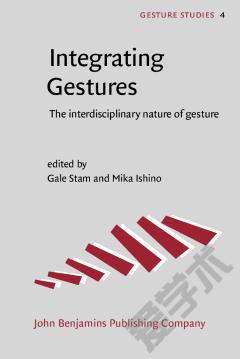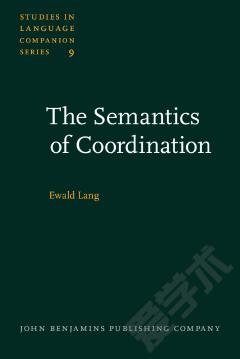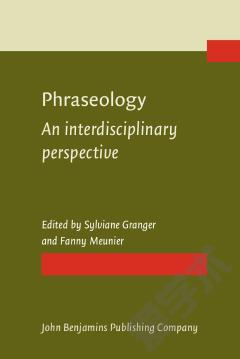Integrating Gestures. The interdisciplinary nature of gesture.
Gestures are ubiquitous and natural in our everyday life. They convey information about culture, discourse, thought, intentionality, emotion, intersubjectivity, cognition, and first and second language acquisition. Additionally, they are used by non-human primates to communicate with their peers and with humans. Consequently, the modern field of gesture studies has attracted researchers from a number of different disciplines such as anthropology, cognitive science, communication, neuroscience, psycholinguistics, primatology, psychology, robotics, sociology and semiotics. This volume presents an overview of the depth and breadth of current research in gesture. Its focus is on the interdisciplinary nature of gesture. The twenty-six chapters included in the volume are divided into six sections or themes: the nature and functions of gesture, first language development and gesture, second language effects on gesture, gesture in the classroom and in problem solving, gesture aspects of discourse and interaction, and gestural analysis of music and dance.As of March 2017, this e-book is freely available, thanks to the support of libraries working with Knowledge Unlatched. It is licensed under a Creative Commons CC BY-NC-ND license.
{{comment.content}}








 京公网安备 11010802027623号
京公网安备 11010802027623号